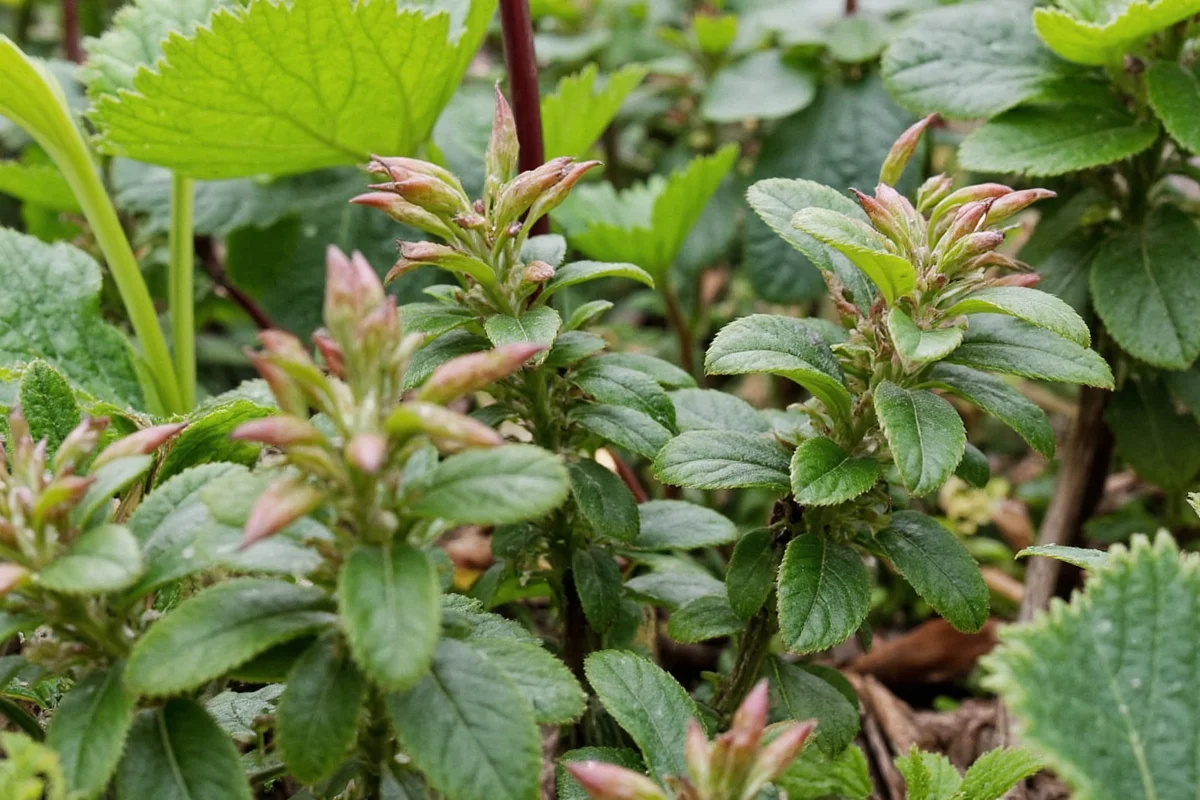The Mother of Thousands is a unique and fascinating plant that has captured the hearts of many gardening enthusiasts. Known for its ability to produce numerous plantlets along the edges of its leaves, this succulent is easy to care for and can thrive in various environments. This guide covers essential care aspects, including light requirements, watering, soil conditions, propagation tips, and common pests and diseases. Whether you're a seasoned gardener or a novice plant lover, these care tips will help you grow a thriving Mother of Thousands.
Light Requirements
The Mother of Thousands plant thrives in bright, indirect sunlight, making it a perfect fit for indoor environments. While it appreciates abundant light, direct sunlight can be harsh and potentially cause the leaves to scorch. Instead, aim for filtered or indirect sunlight when growing it indoors or outdoors.
- Place the plant near a window with sheer curtains to filter the sunlight.
- Rotate the plant every few days to ensure all sides receive equal light exposure.
- Monitor leaf color: Pale leaves indicate insufficient light, while scorched tips may suggest too much direct sunlight.
- Consider using artificial grow lights if natural light is insufficient, especially during winter months.
Providing the right balance of light ensures healthy growth and encourages the formation of new plantlets, keeping your Mother of Thousands looking vibrant and lush.
Watering Needs
The Mother of Thousands is a succulent, meaning it stores water in its leaves and prefers a less frequent watering schedule. To keep your plant healthy, it's crucial to understand its watering needs and adapt to seasonal changes.
- Water sparingly: Allow the topsoil to dry out completely between waterings, typically every 1-2 weeks.
- In winter months, reduce watering frequency as the plant enters a dormant period.
- Ensure proper drainage to prevent root rot; use pots with drainage holes and well-draining soil.
- If unsure, use a moisture meter to gauge the soil's dryness before watering again.
Proper watering ensures your plant remains healthy, preventing overwatering issues which are common to succulents and can lead to root disease.
Soil Conditions
The soil conditions for the Mother of Thousands play a crucial role in its overall health and growth. This plant prefers a well-draining, gritty soil mixture to mimic its natural habitat and avoid problems related to excessive moisture retention.
- Use a cactus or succulent potting mix for best results.
- Enhance drainage by adding perlite, pumice, or coarse sand to the soil mixture.
- Avoid using heavy garden soils that retain moisture as they can lead to root rot.
- Repot the plant every 2-3 years or when growth slows down to refresh the soil nutrients.
| Soil Component | Purpose |
|---|---|
| Cactus Mix | Provides essential nutrients |
| Perlite | Improves soil aeration and drainage |
| Coarse Sand | Enhances overall soil structure |
Choosing the right soil ensures your Mother of Thousands has the support it needs for healthy growth and resilience against common soil-related issues.
Propagation Tips
One of the most exciting aspects of the Mother of Thousands plant is its ability to propagate easily. Its unique reproductive habit involves the formation of plantlets along the edges of its leaves, which readily fall off and can root with minimal effort.
- Collect the plantlets that have fallen onto the soil or gently remove them from the leaf edge.
- Prepare a tray or pot with well-draining soil for planting the plantlets.
- Place the plantlets on the soil surface without burying them; cover with a light layer of sand or perlite if desired.
- Keep the soil slightly moist but not waterlogged, and place in a bright area with indirect sunlight.
This method of propagation ensures you can quickly multiply your Mother of Thousands collection, allowing you to share this fascinating plant with friends or enjoy a lush display at home.
Common Pests and Diseases
The Mother of Thousands, like many succulents, is relatively resilient against pests and diseases but can occasionally face challenges. Keeping a vigilant eye and taking preventive measures will help maintain its healthy status.
- Aphids and mealybugs are the most common pests; remove them manually or use an insecticidal soap.
- Root rot can occur from overwatering; ensure proper drainage and avoid letting the plant sit in water.
- Fungal issues may arise in high-humidity environments; maintain proper air circulation around the plant.
- Inspect leaves regularly for signs of distress or damage, and react promptly to resolve the issue.
Understanding how to address these common issues ensures your Mother of Thousands remains vibrant and healthy, providing enjoyment and intrigue with its unique growth patterns.
In conclusion, the Mother of Thousands is a captivating and easy-to-care-for plant, ideal for gardeners looking to expand their collection with minimal fuss. By attending to its specific needs regarding light, water, soil, and propagation, and addressing pest issues promptly, you can enjoy the beauty and uniqueness this plant brings to any setting.











 浙公网安备
33010002000092号
浙公网安备
33010002000092号 浙B2-20120091-4
浙B2-20120091-4